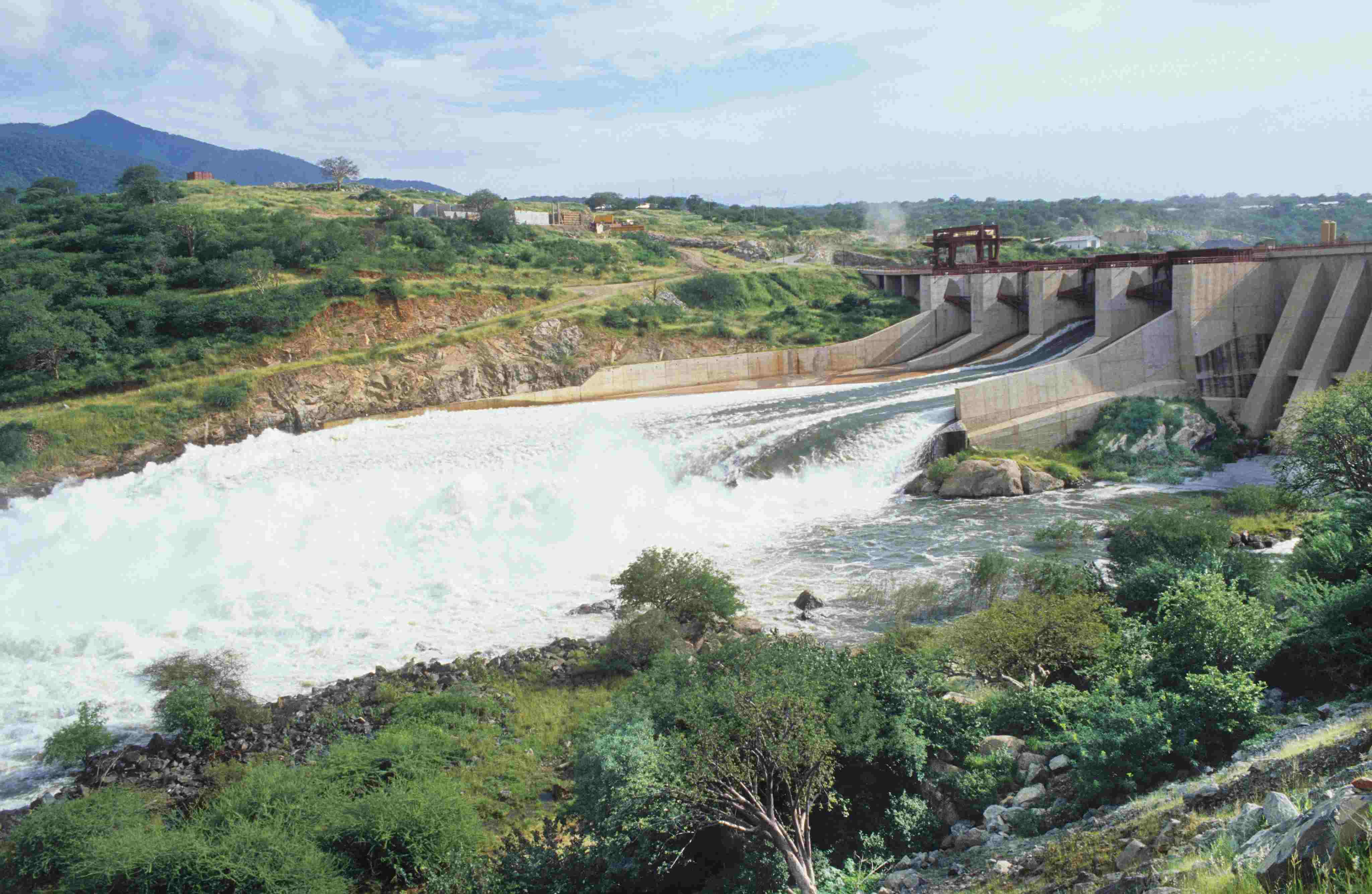Tanzania shuts down five hydroelectric stations amid excess power supply

Deputy Prime Minister and Minister of Energy Doto Biteko stated in parliament in Dodoma on Wednesday that the government has managed to deliver electricity to all villages on Tanzania's mainland by 96.37 per cent.
Tanzania has shut down five of its hydroelectric power stations due to an excess of electricity in the national grid.
This is the first time Tanzania, which suffers chronic power shortages, has closed hydroelectric stations due to excess production.
More To Read
- Tanzania’s CHADEMA party accuses prison authorities of alleged abuse of detainees
- Tanzania police issue fresh warning against nationwide demonstrations
- Tanzania streets deserted as police and soldiers quash Independence Day protests
- Police arrest activists protesting at Tanzanian High Commission in Nairobi
- HRW urges Tanzania to release detained opposition ahead of independence day
- Sweden to phase out bilateral cooperation with Tanzania by August 2026
Prime Minister of Tanzania, Kassim Majaliwa announced the shutdown of the hydroelectric stations in the country, highlighting a rare scenario of excess power resulting from the country’s recent infrastructural developments and environmental conditions.
According to Majaliwa, the main plant, Mwalimu Nyerere Hydroelectric Station, has alone generated enough electricity to power major cities.
The plant also powers Dar es Salaam, the country's commercial capital.
"We have turned off all these stations because the demand is low and the electricity production is too much, we have no allocation now," an official from the state-run power company, The Tanzania Electric Supply Company Limited (Tanesco) said.
This plant alone, with a capacity of 2,115 MW, has contributed significantly to the current surplus, thanks to the reservoir nearing full capacity following early heavy rainfall this year.
Deputy Prime Minister and Minister of Energy Doto Biteko stated in parliament in Dodoma on Wednesday that the government has managed to deliver electricity to all villages on Tanzania's mainland by 96.37 per cent.
He said the Energy and Water Services Regulatory Authority (EWURA) will continue to control energy services in the country by managing service providers per the laws and regulations as well as the existing procedures, with the goal being that the people get quality and reliable service.
“The electricity transmission infrastructure has increased and reached a total length of 7,745.4 kilometres which is an increase of 21.7 per cent compared to 6,363.3 kilometres in 2022/2023,” he said.
The surplus comes at a time when several countries including Kenya are grappling with heavy rainfall, which has claimed lives, destruction of property and displacement of people.
In Tanzania, at least 58 people, including children have been killed in flood-related events in April, and thousands more have been affected.
Additionally, more than 10,000 households have been affected and over 75,000 farms have been damaged by flooding in the coastal and Morogoro areas -- located 200 kilometres (124 miles) west of Dar es Salaam.
Meanwhile in Kenya, the number of people impacted by the March-May long rains continues to rise, with the Kenya Red Cross estimating 103,485 people (20, 697 households) affected including 40,265 people (8,053 households) displaced; 32 deaths, and 15 injured across the country as of April 18, 2024.
Further, over 960 livestock have been killed and 24,010 acres of croplands destroyed by floods and heavy rainfall.
The Kenya Meteorological Department has urged Kenyans to remain vigilant as more heavy rains are expected in the country.
Top Stories Today














































